Another travel day today: from International Falls on the shores of Rainy River and Rainy Lake to Grand Portage on the shores of Lake Superior. 264 miles. GPS wanted us to go up into Canada and drive across on the Trans-Canada highway to save 12 minutes, but apparently GPS knows nothing about international border crossings, especially in the time of Covid.
The drive is a nice one mostly through mixed forests and through hills. We were mostly at about 1700 ft. elevation plus or minus a couple of hundred, so you can't really say the terrain was mountainous. Once we got to 61 north, we drove along the lakeshore for about 75 miles. For at least half that, there were no breaks in the line of trees between us and the lake, so we only got glimpses, but after lunch, the terrain opened up a bit and we got some nice views.
Our target was the Grand Portage National Monument. The Grand Portage is an 8.5-mile trail which has been in use for something like 2000 years, and over which the Voyageurs (about whom we learned at the last NP stop) carried their canoes and goods, bypassing sections of the Pigeon River which were unnavigable.
This connected Lake Superior with the interior, and that in turn allowed for the trade of goods and furs both to the interior and to England and Canada. The visitor's center is on the site of the old trading post owned by the Northwest Trading Company, and the post has been partially reconstructed to give visitors an idea of what life there was like. One interesting thing we learned is that this post was busy only one month out of the year: June to July, when all the traders and the Indians gathered here to trade their goods, package the furs which had been brought in from the interior forests, and ship them out. Then most people dispersed, and a skeleton crew to sit out the next 11 months surviving on wild rice and fish. Seems kind of amazing to me that they would have expended so much money and effort to establish a post which was really only used one month out of the year, but they must have found it worthwhile. Those furs must have brought in a fortune.
Grand Portage is part of the Ojibwe reservation (Ojibwe is an older name for the Chippewa, and it is favored by most of the Indians--who also now tend to favor "Indian" over "Native American").
This part of the reservation was designated a national monument in 1951, but it wasn't until 1999 that an agreement was worked out that the site would be jointly administered by the Ojibwe and the National Park Service. The choice of names for the tribe and the use of the generic noun was done in consultation with the Ojibwe themselves. Some of the Ojibwe people have taken, in recent years, to using an even older name: Anishinaabe. That translates roughly to "first people."
We toured the reconstructed fort and then took the short hike up to the top of Mt. Rose (900 ft, as opposed to just over 600 ft at the level of the trading post). Notes on some of the photos. We also got the national park stamp, of course, and voila, that finished off Minnesota for us. We've done all the NPS sites in the state. Until they add another one, which should happen right on schedule about the time we get home. (We have several times had "finished" states "unfinish" when new park sites were added. Some we've finished more than once; some we've never been back to to finish a second time.)
Our hotel is the Grand Portage Casino and Lodge. We're on a reservation, after all, which allows for the casino. Neither one of us will be tempted by the gambling--never been our schtick.

 Grand Portage National Monument, Minnesota, United States
Grand Portage National Monument, Minnesota, United States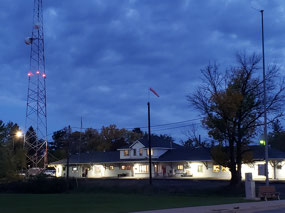
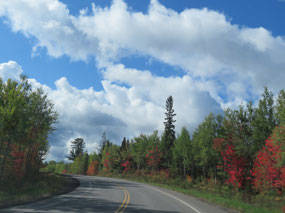
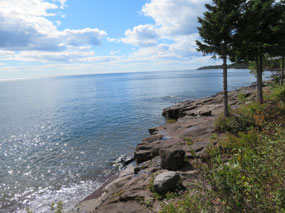

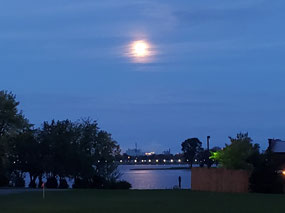
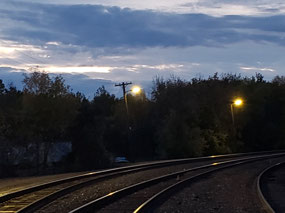
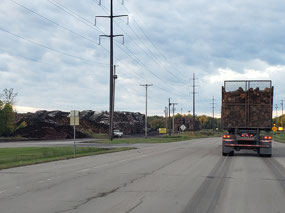
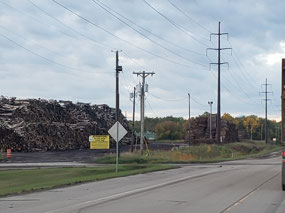
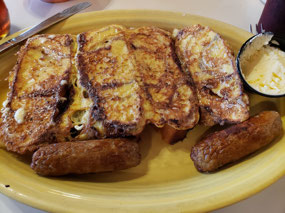

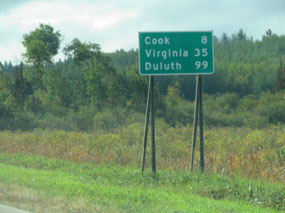
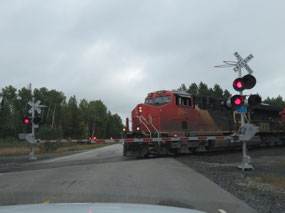
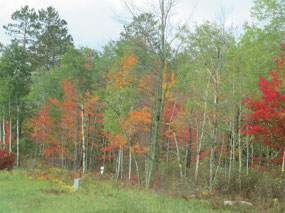
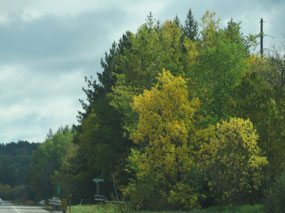
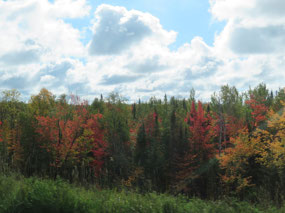
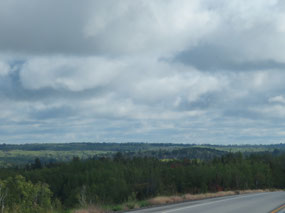
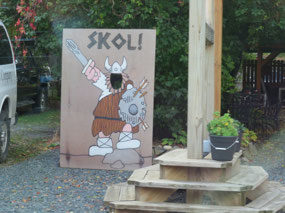
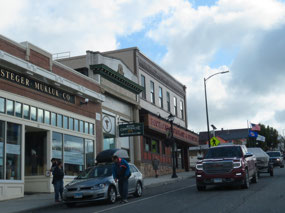
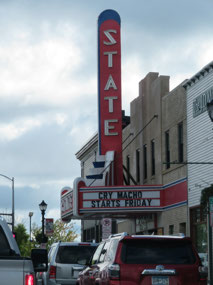
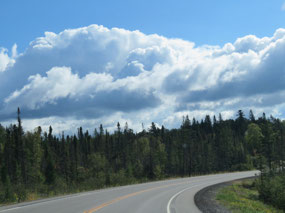
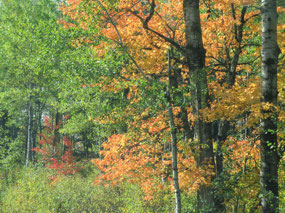

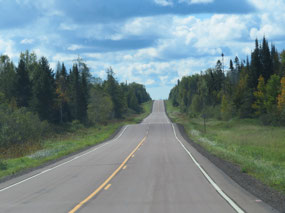
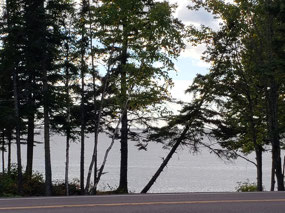
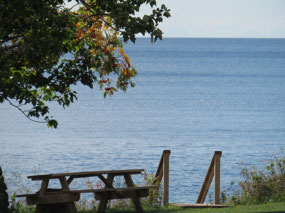
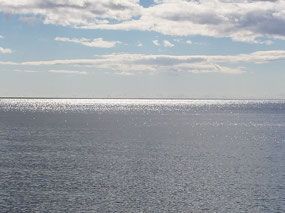
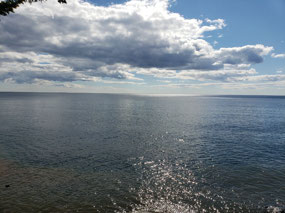
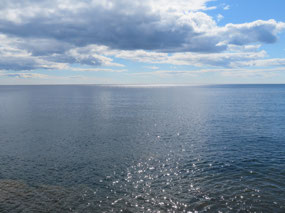

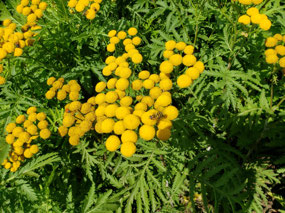
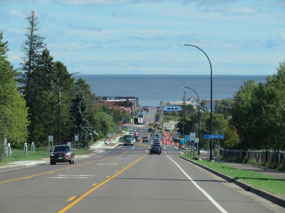
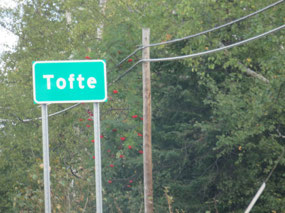
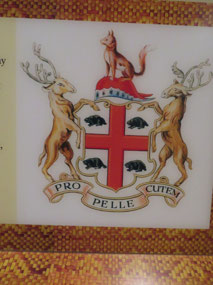
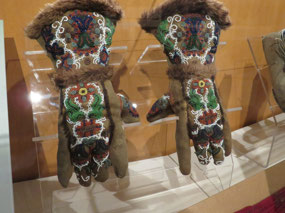
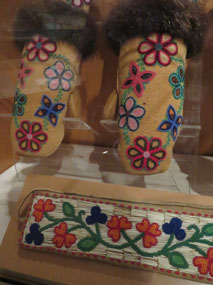
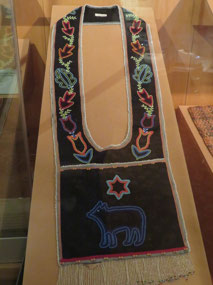
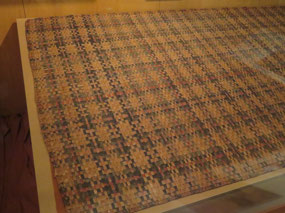
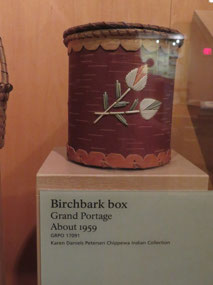
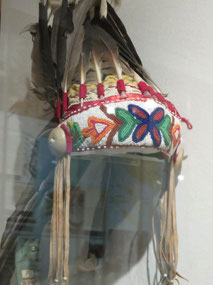

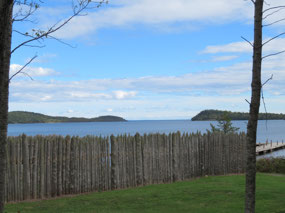
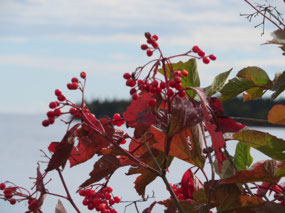
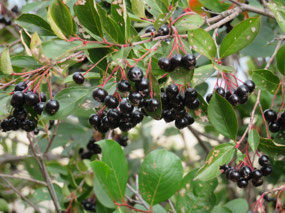
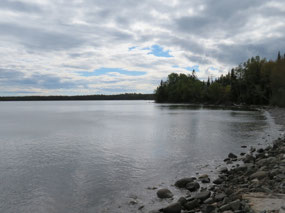
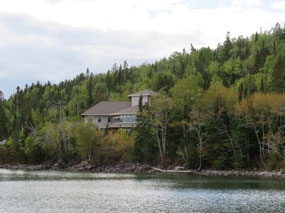
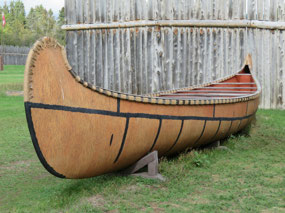
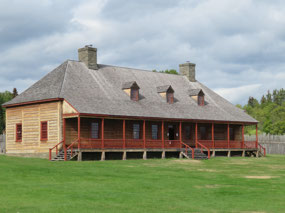
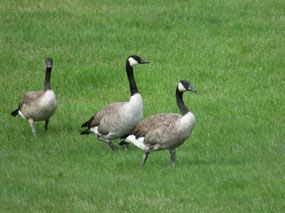
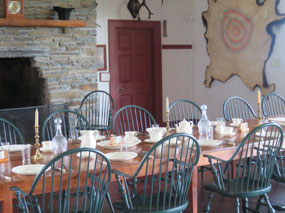
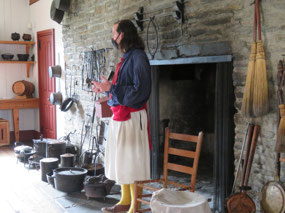
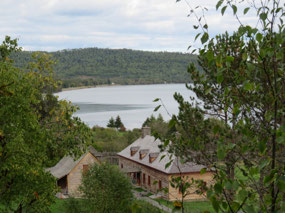
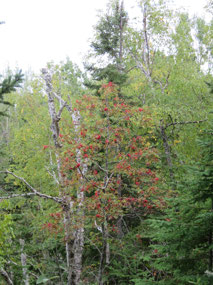
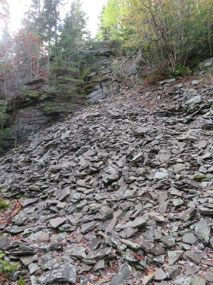
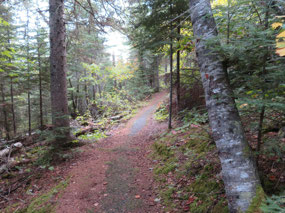
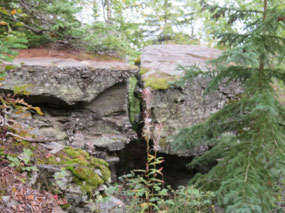
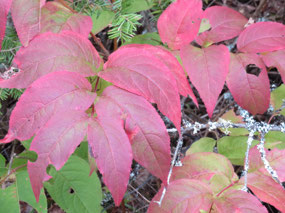

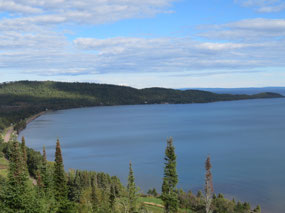
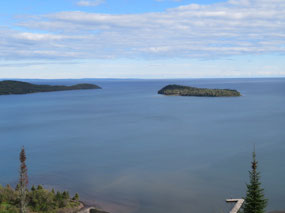

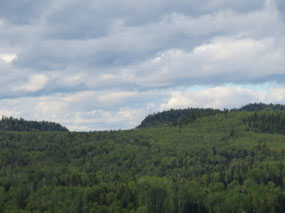
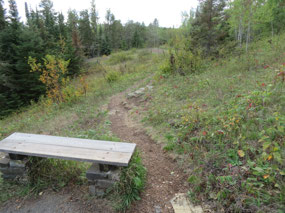
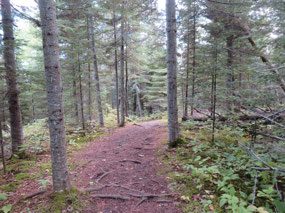
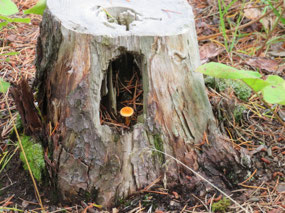
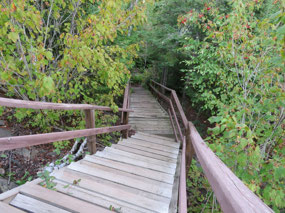
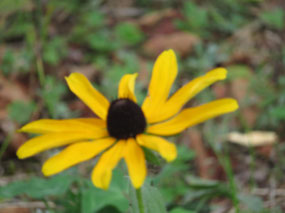
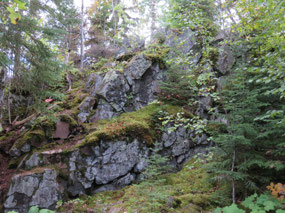
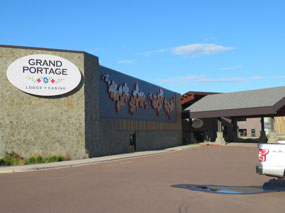
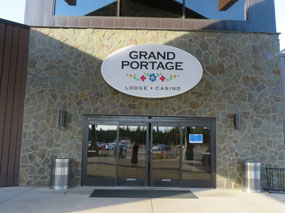
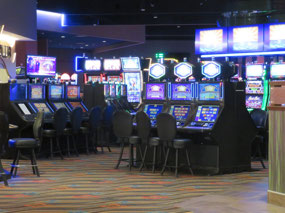
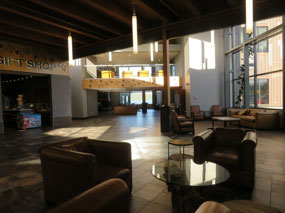
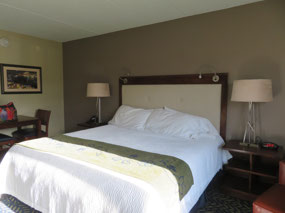
Skip
2021-09-24
More great photos. Maybe the furs bring in so much because so much of the US has outlawed them. Have to wonder if the Canada geese have problems crossing the border.